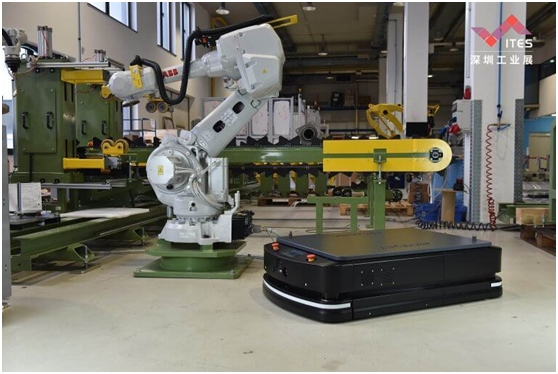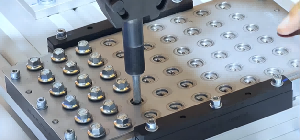Market Dynamics Affecting the Manufacturing Sector Post-ITES
【Introduction】 Market Dynamics Affecting the Manufacturing Sector Post-ITES
Market Dynamics Affecting the Manufacturing Sector Post-ITES
Our manufacturing expo serves as a vital platform for industry stakeholders, showcasing innovative technologies and innovative solutions that drive the manufacturing sector forward. As we reflect on the outcomes of the most recent manufacturing expo, it becomes clear that several market dynamics are significantly influencing the manufacturing landscape.

Changes in Consumer Demand
One of the most notable dynamics affecting the manufacturing sector post-ITES is the shift in consumer demand. Modern consumers are increasingly seeking customized solutions and faster delivery times. They desire products that reflect their individual preferences and values, such as sustainability. This change forces manufacturers to adapt quickly. As a response to these evolving expectations, businesses vying for success must implement agile manufacturing processes that allow for rapid adjustments in production. The innovations showcased at our manufacturing expo provide crucial insights into how companies can embrace flexibility and responsiveness to meet these growing demands.
Technological Advancements
The second key market dynamic highlighted at ITES is the rapid advancement of technology in manufacturing. The manufacturing expo featured numerous breakthroughs in automation, artificial intelligence, and the Internet of Things (IoT) that are reshaping how industries operate. Companies now have access to tools that enhance productivity, improve quality control, and optimize supply chain management. These technologies enable manufacturers to streamline operations, reduce costs, and ultimately deliver better products to consumers. Embracing these advancements is no longer optional; it’s essential for staying competitive in today’s fast-paced market.
Global Supply Chain Challenges
Lastly, global supply chain challenges continue to impact the manufacturing sector. The insights gained during our manufacturing expo revealed how recent disruptions have prompted companies to rethink their supply chain strategies. Issues like fluctuating raw material costs, geopolitical tensions, and logistical bottlenecks require manufacturers to develop more resilient and diverse supply chains. Businesses must seek local suppliers, invest in inventory management solutions, and adopt risk mitigation strategies to navigate these complexities successfully. The collaboration opportunities highlighted at ITES can help industry players forge partnerships that bolster supply chain resilience.
Conclusion
In conclusion, the market dynamics affecting the manufacturing sector post-ITES underscore the necessity for continuous innovation and adaptation. As we move forward, manufacturers must keep pace with changing consumer demands, leverage technological advancements, and address global supply chain challenges. By participating in our manufacturing expo, companies gain access to invaluable resources, knowledge, and connections that empower them to thrive in an ever-evolving landscape. At ITES, we remain dedicated to supporting the growth and evolution of the manufacturing sector through our commitment to excellence and innovation.




